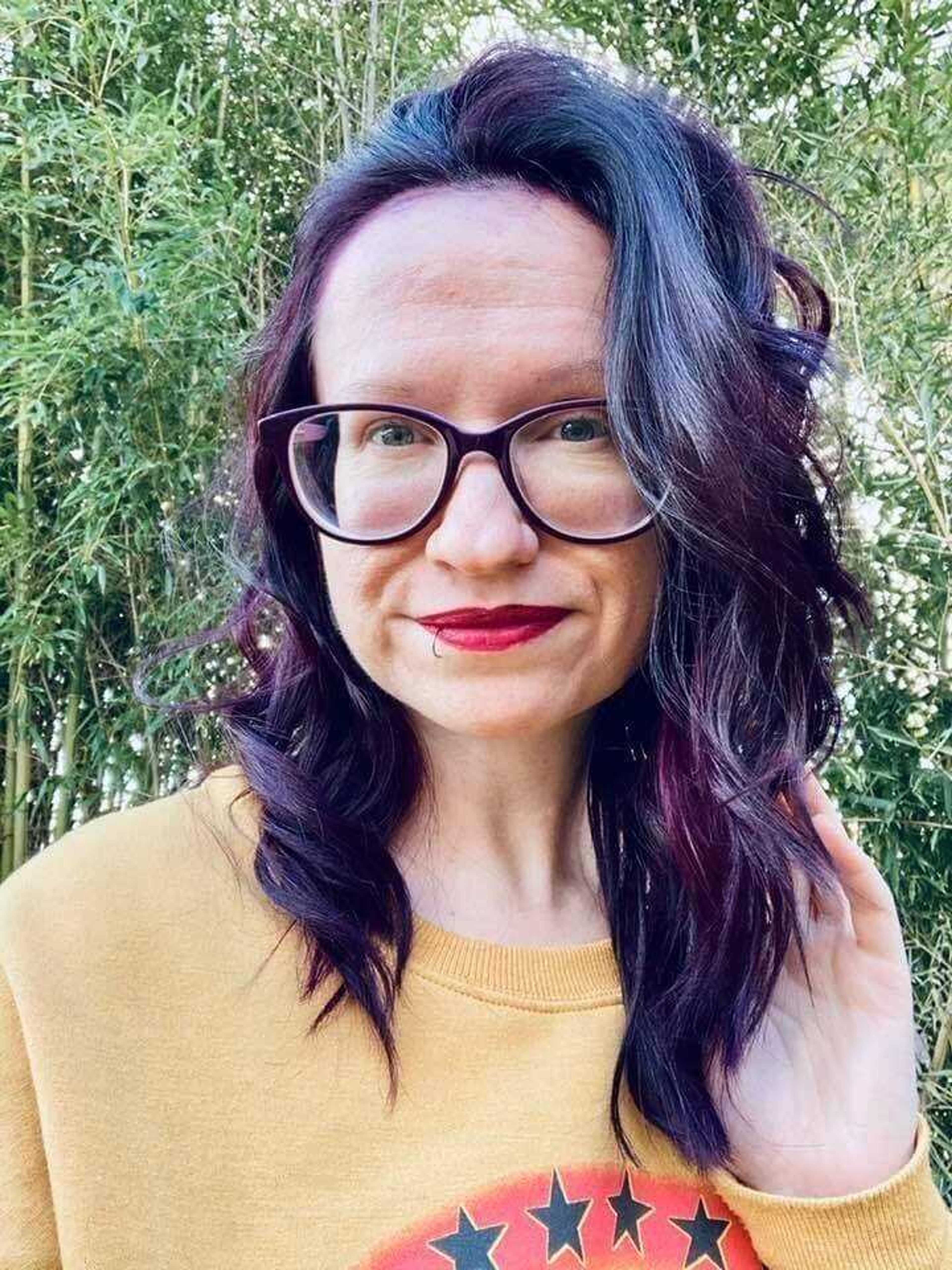Southeast Missouri State University currently has more than 1,500 nontraditional students who are a part of the undergraduate student population, according to Debbie Below, vice president for Enrollment Management and Student Success.
Many colleges and universities classify nontraditional students in different ways. However, Below said Southeast categorizes nontraditional students as belonging to one of the following categories: a student who is 24 years of age or older; a student who is a veteran; a student who is in school and also has children; and/or a student who is married.
Approximately 1,200 of those nontraditional students at Southeast fit the category of 24 years of age or older. Below said there is quite a bit of overlap between nontraditional students who are 24 years old or older, married or single parents, and veterans.
While many nontraditional students have diverse interests, Below said general studies is a popular major among nontraditional students.
Below said other areas of study of many nontraditional students are Business administration, marketing and nursing. Below said the largest college, in terms of supporting nontraditional students, is the College of Education Health and Human Studies.
Below said in her experience, nontraditional students often join a wide variety of student organizations and have interests similar to traditional students.
“This is a university with over 200 student organizations,” Below said. “The Southeast Veterans organization is one that provides quite a bit of support for nontraditional students, but then our faith-based organizations, our academically-focused organizations, our service organizations all appeal to nontraditional students.”
Below said Southeast takes its graduation rates very seriously, and if a student starts at Southeast, they want the student to graduate from Southeast. Below said measures are put in place to encourage students to return if they drop out.
Below said the graduation rate for nontraditional students can be slightly different than the graduation rate for traditional students.
“In reality for a nontraditional student, they’re going to face challenges sometimes maybe a traditional student would not face,” Below said. “At the same time, we also find that they are very focused, and so if they can overcome those challenges — whether they be work, taking care of a child, balancing financial requirements, college — all of those things can sometimes be barriers.”
Below said when strictly measuring an institution based on graduation rate, institutions look at who starts full-time and ends within six years, which is not the typical path for a nontraditional student.
“Most of them came here with some college credits already earned,” Below said. “They are graduating, but sometimes that can take longer.”
Below said a number of nontraditional students pursue their education part-time. Some semesters, they may take 12 credit hours; other times, they may take fewer.
Nontraditional students can face challenges that may differ from traditional students.
Senior Melody Holt is a double major in dance and creative writing. She is a nontraditional student who has had a unique experience at Southeast.
Holt said she was homeschooled her whole life. She decided to attend a trade school and worked as a licensed massage therapist for 10 years before deciding to go back to college for a four-year degree.
“I wanted a change — I knew that I wanted to get a four-year degree so that I would have better job options,” Holt said. “I also wanted to pursue my lifelong dream of going to dance college.”
Holt said her experience was different when taking general education courses outside of her dance major. She said she sometimes felt like the odd person out.
One hardship she faced was commuting. Holt said she comes from a close-knit family who lives approximately an hour away from Southeast.
Holt said one semester, she struggled with commuting back and forth every day while working as a massage therapist.
Holt said isolation was a big thing she struggled with as a nontraditional student.
“I think isolation was something I found difficult. I’m not a partier, and being older when I came back, I was very focused on my work, my dreams and what I wanted to accomplish, and I didn’t have friends or family here,” Holt said. “Dealing with the isolation and feeling alone, that was very difficult at first.”
Below said even though there are differences between traditional and nontraditional students, everyone’s college journey is different, and sometimes, our differences are something to celebrate.
“It’s important to realize that each one of us has a unique journey, and it has to work for us, so while it may be different from your counterpart who’s younger than you or not supporting a child, that’s also what makes it really special,” Below said.
Below said traditional students may face struggles, as well, even if those struggles aren’t quite the same as nontraditional students.
Below said 80% of students at Southeast work while attending college.
Below said oftentimes, there is a special understanding nontraditional students have because of the experiences they had in life.
“They really, truly value this opportunity and want to take full advantage of everything the university and life has to offer,” Below said.




